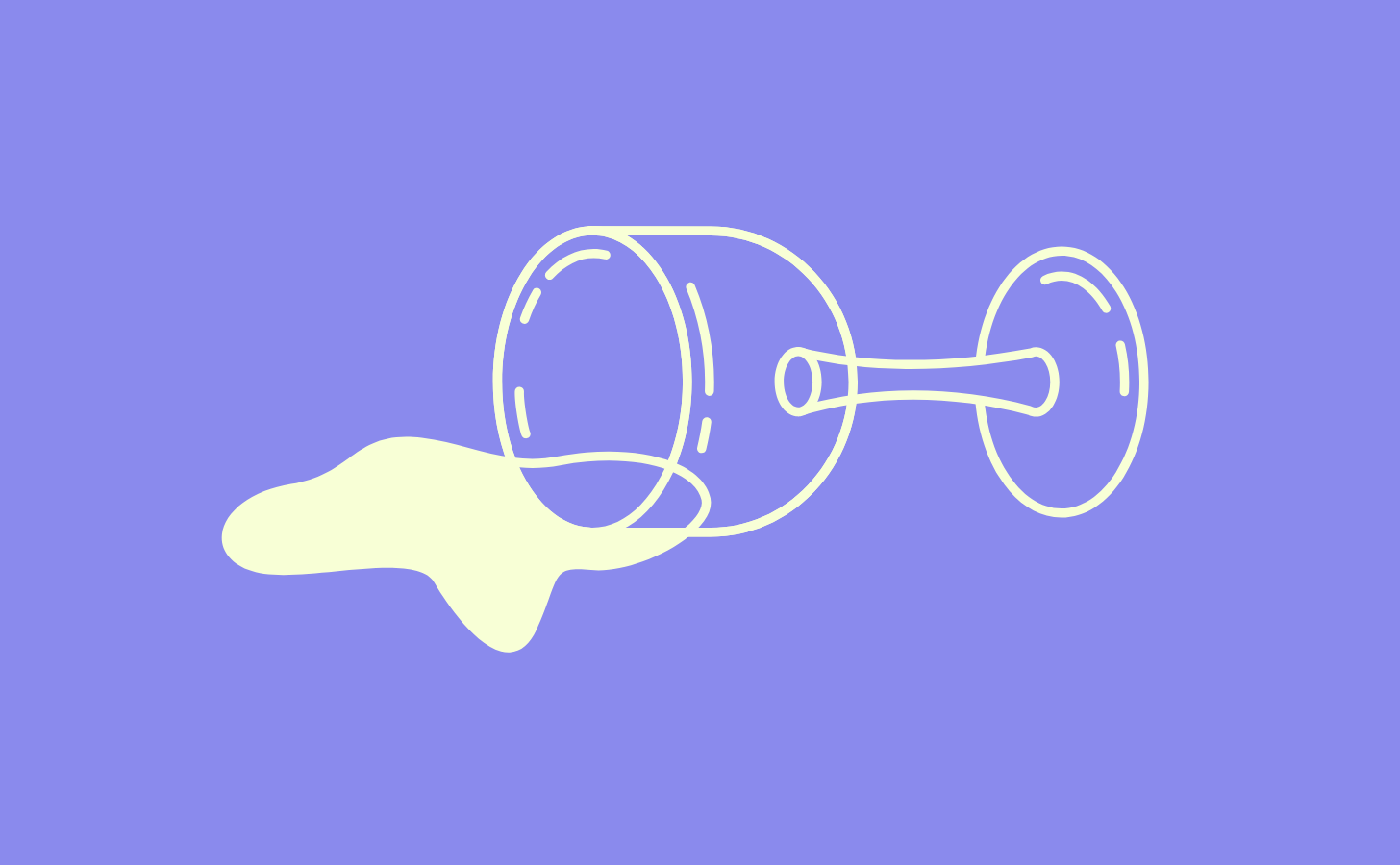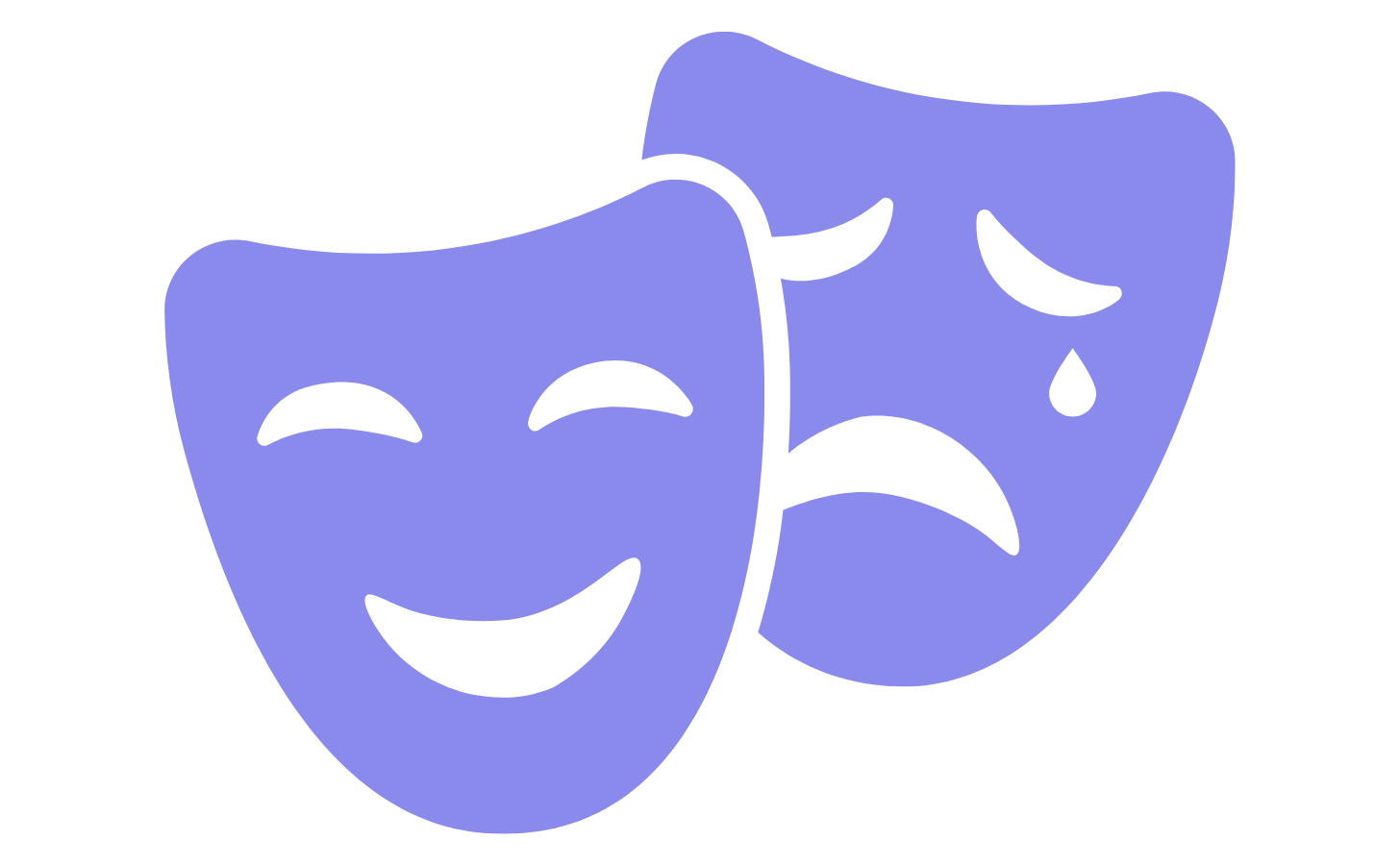Who are you trying to impress, anyway?
And why?
Welcome back from summer break! You’re reading Creativity Under Capitalism, a free biweekly newsletter about reclaiming and sustaining creative joy under tricky socioeconomic circumstances. I’m Adrianna, a journalist and creative writer based in Phoenix, AZ.
If you’re just getting settled in, check out previous issues of Creativity Under Capitalism—and if you like what you see, consider leaving a comment or buying me a coffee to make my day!
Trigger warning: The following essay discusses drunk driving and death.
I used to struggle with social anxiety. I still do, but in some ways, the pendulum has swung violently in the other direction.
When I was small, my mom would say that I was “more observer than participant.” At school, I sat in awkward silence as my classmates sang the songs we’d been taught, because singing in public made me feel exposed. I hated group activities, worried that I wouldn’t fit in. My heart pounded every time a middle school teacher assigned a PowerPoint project, and I did everything I could to get out of the presentation part, even it meant taking on extra homework to make up for the lost points. I had friends, but they were carefully selected, and even chatting with their parents during carpools made me nervous.
What changed everything for me, weirdly enough, was a morbid drunk driving awareness program performed biannually at my high school. Dubbed “Every 15 Minutes” (after the statistic that, on average, a person dies from a drunk driving accident every 15 minutes), the program’s shtick was that every 15 minutes throughout the school day, a junior or senior student would suddenly “die,” meaning their name would be called over the intercom. When a student’s name was called, a person dressed as the Grim Reaper would show up to their classroom, read a eulogy written by the student’s parents, put a fake rose on the student’s desk, and whisk the student away to an auditorium, where their “dead” classmates hung out.
At the end of the day, the students were bussed to a hotel, because their loss had to also be felt at home: Police officers participating in the program showed up at each student’s house to inform their families that they had been “killed” by an intoxicated driver. (The families were in on the whole thing, but according to my mother, this notification was grueling all the same.) The point was to demonstrate how quickly a beloved friend or family member could vanish following a single poor decision—the very definition of fear-based deterrence.
I, having written an essay about losing a family member to a car accident earlier that year, was selected to participate as a junior. On the day of the program, I stood uncomfortably in front of my algebra classmates as the Grim Reaper read about how much I loved to bake and how I, per my mother, considered it a massive achievement every time I ran a single mile on the treadmill. (I still do.) Then I left to join my fellow participants in learning about the horrible things morticians see when they receive a teenage victim of drunk driving. (I said this was morbid, didn’t I?)
That night, at a hotel maybe 10 minutes from school, the leader of the Every 15 Minutes program had my classmates and I sit in a circle on the floor of a dark conference room. Each of us held a single candle. One by one, we were invited to share something that we struggled with “behind the scenes”—something that, no matter how chill or popular or snarky we were at school, bothered us on the inside. And one by one, my classmates fought through tears to share the immense pressure they were under to get into a “good” university, or their recent depression diagnosis, or their sibling’s suicide, or having grown up without one of their parents. After someone finished spilling their heart out, they touched their candle to one that had already been lit, and eventually, the circle was bathed in soft candlelight.
I can’t remember what I shared that night. It was probably something vague about depression, which I’ve always struggled with. But I do remember realizing that, unlike everything my socially anxious brain had led me to believe, nobody had it all figured out. No one led a perfect life, either. Everyone had something to grapple with, and everyone was actively working to do so more effectively.
This produced a nearly overnight change in how I interacted with other people. I was still myself—I never attended a single high school rager, because that just wasn’t the crowd I was in—but I was bolder. I embraced opportunities to speak in front of class, I began baking cupcakes to share with students I didn’t yet know, and I joked around more easily with my teachers.
I’m ridiculously grateful for my pivotal experience with the world’s most macabre anti-drunk driving program for teenagers. Without it, I might have become a terribly shy adult. But while I once believed that Every 15 Minutes had cured my social anxiety, I realize now that it didn’t actually fix me: It only changed the brand of social anxiety I work with.
Because I am still ridiculously worried about what others think of me. I just don’t let that stop me from doing what I want anymore.
While we were playing a lovely game of Cloud Nine1 a couple weeks ago, a dear friend of mine (whom I met in adulthood) said that she’d always admired that I am confident and secure in who I am. This is an incredible compliment for any socially anxious person—but that’s also why I struggled to accept it. I look confident, because I have lots of friends and co-manage a weekly writing group and attend community events and “put myself out there” and have a fairly successful career. I’m good at being the initiator, the organizer, the person who speaks up for her friend when she didn’t receive the gluten free hamburger bun she asked for.
But after nearly all of these interactions, I second-guess everything I’ve just done. Did I talk about myself too much at writing group? Did I make a joke that didn’t land with the bartender? Did I look out of place at that literary event?
Worse, my self-questioning is not for lack of trying. Far from it. I expend far more energy than I realistically have at every social gathering, whether it’s a casual coffee with a pal or a party at someone else’s house. I force myself to ask questions to keep the conversation moving, to laugh more than I naturally would. I raise the pitch of my voice, lest someone think I “sound like a boy” like people did when I was a teenager. I smile a bit when I’m looking at a menu, lest I be accused of having “resting bitch face.”
I’ve only recently realized that this isn’t sustainable. Maybe it’s that I’m busier these days, or that you’re a little less bouncy as you near your 30s than you were in your early 20s. I don’t know. What I do know is that I’m giving more of myself than I’m able to refill, and over time, that becomes a burden.
I have spent many car rides, laundry days, and boring treadmill sessions wondering why I put this pressure on myself. I don’t identify as a “people pleaser” (in fact, I sort of resent the term) but I do feel the need to impress those around me. I don’t need to grant their every wish, but I do want them to think I’m cool and accomplished and friendly and compassionate and thoughtful and strong and funny and endearing. It’s the self-serving kind of people-pleasing, I guess.
But is it really self-serving, if it’s this strenuous? No. If my recent weeks of mental exhaustion and exasperation and bitterness are anything to go by, it is not.
So, as I attempt to separate myself from the part of me that desperately wants others to think I’m [insert positive trait here], I’m trying to ask myself the following question multiple times a day:
Who are you trying to impress, and why?
The “why” is important, because it’s okay to want to impress people now and then. I want to impress my partner when I cook us a fancy dinner; I want to impress my parents by making the level-headed financial choices they taught me to make; I want to impress my editor when I send her a story I wrote. But in the end, those impressions are for me, too. I want to be a good cook, a good writer, a person with solid financial habits. I do not feel any particular pull, however, toward being someone who laughs at cruel jokes, answers Slack messages the moment she receives them, or is “down for anything.”
I know that the standard advice in stressful social scenarios is to “just be yourself!” and that if someone doesn’t like you for who you really are, they don’t deserve you at all. But I’ve always felt this advice to be sort of obtuse, because it ignores the “why” behind our desire to impress or fit in with others. We all want camaraderie, solidarity, and (on a more basic level) to spend a majority of our social time around people who like us. It’s when that equation doesn’t result in a version of ourselves that we actually like that our efforts become unsustainable.
I’m hoping that with this snarky little question, I can finally quiet my social anxiety pendulum by allowing it to hang somewhere in the middle. I’m more “participant” than “observer” today, but I don’t need to be everyone’s favorite participant. I just need to be the kind that works for me.
What’s been inspiring me lately:
✰ Space Struck, a book of poetry by Paige Lewis. I cannot believe how gorgeous and resonant these poems are. After reading a few of them, I had to set the book down, think for a bit, and read them again. Stunning.
✰ The Anthropocene Reviewed by John Green. I listened to the audiobook, which I highly recommend because it’s narrated by Green himself. The gist is that Green is “reviewing” various aspects of human life (scratch ‘n’ sniff stickers, grass lawns, the internet, the annual Nathan’s Famous hot dog eating contest, etc) and giving it a rating out of five. But, god, these essays are so much punchier than they sound; I feel that reading them made me a better writer and a better person. I give this book five stars.
✰ You Are Here: Poetry in the Natural World, a poetry anthology edited by former US poet laureate Ada Limón. My relationship with the outdoors has been a little rocky (no pun intended) as of late, and this was a lovely way to return a little positivity and love to that connection.
✰ The Murderbot TV series. I never read Martha Wells’ The Murderbot Diaries (on which the show is based), but my partner got me interested in the Apple TV adaptation after giving me the rundown. We’re only a few episodes in, but the concept is so cool and fun to me, and I love that the story doesn’t take itself too seriously. I think I’m slowly finding out that I can enjoy science fiction, when it’s not an epic saga of colonialism and toxic masculinity. Who knew!








This was fantastic to read.
The school I work at hosted Every Fifteen Minutes in 2016—I couldn’t believe the scale and scope. Your experience peeled back the curtain on the side of it I never knew. I did know the opposite vantage point: the reaper escorting out a student from my class put a lump in my throat. I’d like to think this is a program that yields positive influence, even if its approach isn’t research-endorsed optimal.
The “Why” of that desire to impress fascinates me. It’s great for spurring reflection; when we put the compulsion to words, it can be interrogated. As you noted (and nailed, I’d say), there are legitimate reasons to impress other people, but there are plenty of situations when that isn’t necessary. Legislating that line is surely helpful.
In any event, this was thoughtful about a big idea but constructed around a meaningful personal experience—that’s my favorite thing to read. It’s a wonderful piece. Thanks for sharing it.
This is it, people!!!! This is the best Creativity Under Capitalism post so far!!!! I'm honored to have writer friends like Adrianna. If you want to feel shocked and understood and validated today, read this.